The Russia Calcium Hypochlorite Market is characterized by a dynamic competitive landscape that reflects the demand for effective disinfection and sanitation solutions across various sectors, including water treatment, agriculture, and food processing. As firms contend for market share, innovation, pricing strategies, and operational efficiencies are at the forefront of their efforts. The competitive insights reveal key players focusing on product quality, distribution networks, and strategic partnerships to enhance their market presence.
The market has seen growth propelled by increasing infrastructural development and rising awareness pertaining to public health, drawing in new entrants and compelling established companies to refine their business models and engage in competitive practices.AGC Chemicals has established a strong niche within the Russia Calcium Hypochlorite Market, recognized for its commitment to quality and reliability in its product offerings. The company's products are primarily utilized in disinfection and water treatment processes, contributing to improved public health standards. AGC Chemicals benefits from its strong manufacturing capabilities and efficient supply chain management, allowing for robust distribution and customer service within Russia.
The company has strategically positioned itself to cater to both commercial and residential markets, understanding the nuances of the Russian regulatory framework and consumer preferences. Its commitment to innovation and sustainability also distinguishes AGC Chemicals as a trusted player in the market, fostering loyalty among its customer base.Solvay operates as a significant entity in the Russia Calcium Hypochlorite Market, leveraging its broad portfolio of products and services aimed at water treatment and sanitation. The company's strengths lie in its extensive research and development initiatives, which promote advanced solutions tailored to the specific needs of the Russian market.
Solvay’s focus on high-performance chemicals positions it favorably against competitors, particularly in sectors requiring stringent quality control measures. The company's presence is bolstered by strategic partnerships and alliances that facilitate efficient market penetration and distribution. Furthermore, Solvay has been active in mergers and acquisitions within the region, enhancing its operational capacity and access to innovative technologies. This strategic approach allows Solvay to maintain a competitive edge while contributing to advancements in environmental sustainability within the calcium hypochlorite segment in Russia.


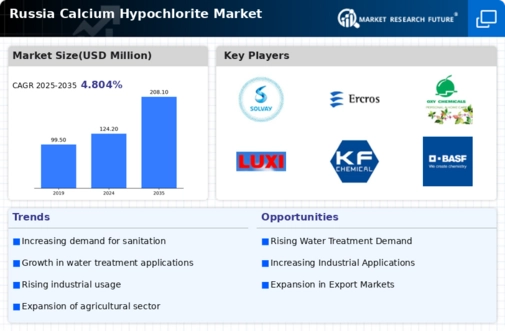
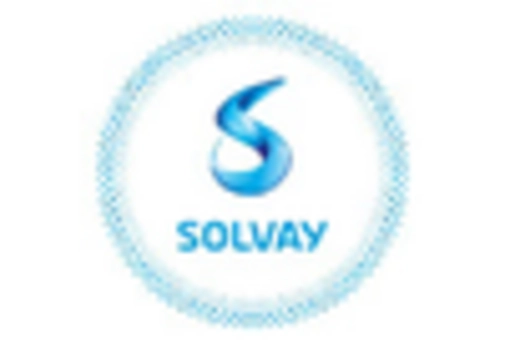
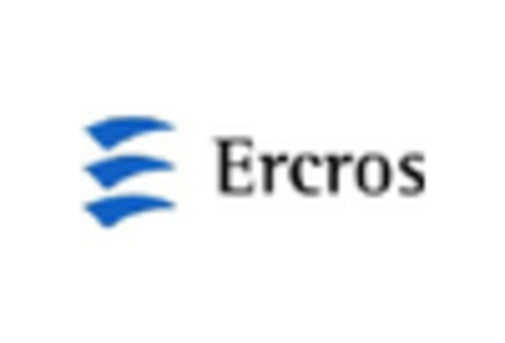
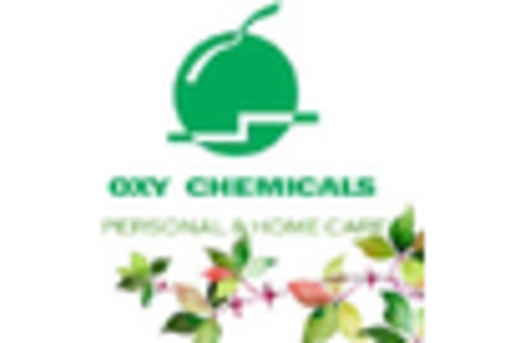
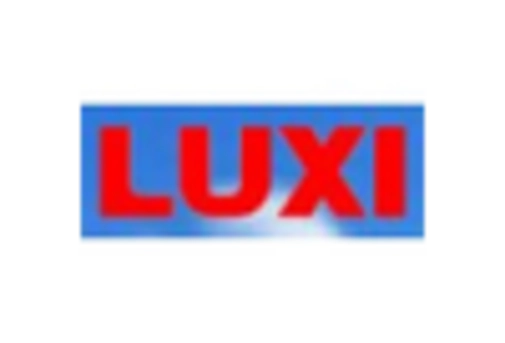
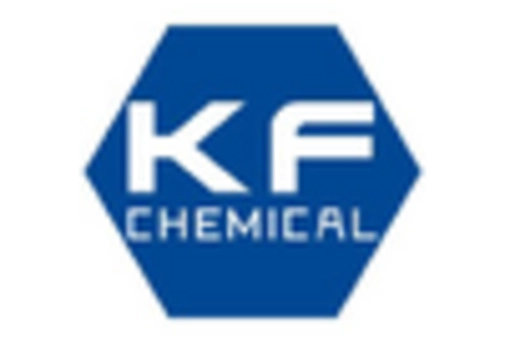
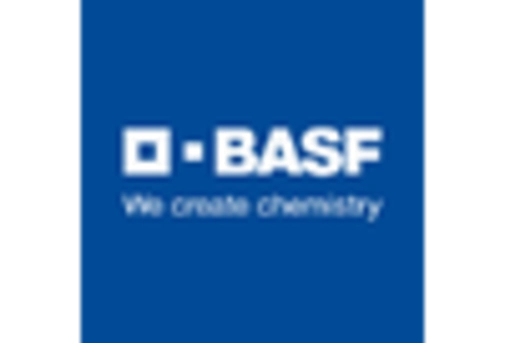








Leave a Comment